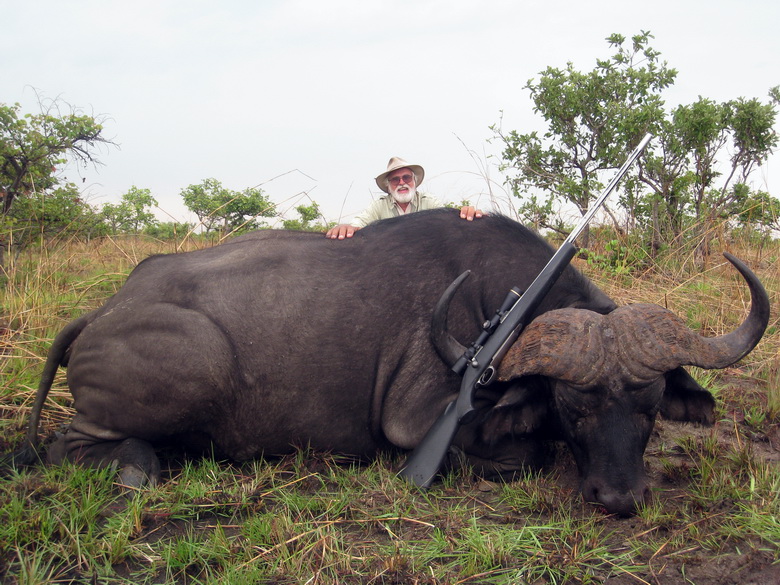

 The Accurate Reloading Forums
The Accurate Reloading Forums  THE ACCURATE RELOADING.COM FORUMS
THE ACCURATE RELOADING.COM FORUMS  Hunting
Hunting  African Big Game Hunting
African Big Game Hunting  Bushmeat trade driving illegal hunting in Zimbabwe Park
Bushmeat trade driving illegal hunting in Zimbabwe ParkGo  | New  | Find  | Notify  | Tools  | Reply  |  |
| one of us |
Bushmeat trade driving illegal hunting in Zimbabwe park http://news.mongabay.com/ Jeremy Hance mongabay.com December 12, 2011 Bushmeat hunting is one of the major threats to mammals in sub-Saharan Africa. Although widely discussed and recognized as an issues in Central and West Africa, a new study in mongabay.com's open access journal Tropical Conservation Science describes a pattern of bushmeat hunting that is also occurring in southern Africa. Interviewing 114 locals living adjacent to Gonarezhou National Park in Zimbabwe, Edson Gandiwa with Wageningen University found that the primary drivers of illegal hunting in the park were bushmeat and personal consumption (68 percent). "Although law enforcement patrols attempt to control illegal hunting, the expected economic benefits from the sale of bushmeat, derived from wild animals, are far greater than the costs associated with a low probability of arrest and punitive fines; thus illegal hunting is a persistent, widespread problem for animal species conservation," writes the author. A quarter of all respondents had seen bushmeat or wild animal parts being sold in their village in the last six months. Most stated that bushmeat was hunted "as a source of protein to alleviate poverty." Hunting was most often conducted with snares, while the use of dogs and bows-and-arrows came in second and third, respectively. Poisoning of big predators has also become a major issue. "Poisoning, mostly using herbicides and pesticides, was reportedly used in revenge killings of large carnivores such as spotted hyenas and lions as a way to reduce livestock-carnivore conflicts," the author writes, nothing that in one of the four villages surveyed, 38 percent of respondents listed poisoning as a hunting method. Overall 24 percent of respondents listed poisoning as a known method for hunting. S Impala (Aepyceros melampus), kudu (Tragelaphus strepsiceros), Burchell’s zebra (Equus quagga), and African buffalo (Syncerus caffer) were the most popular targets of hunters. But 10 percent of respondents also reported the hunting of spotted hyenas (Crocuta crocuta), leopards (Panthera pardus), and lions (Panthera leo). In order to stem illegal hunting the author recommends more law enforcement with follow-through on punishments, environmental education and awareness, and better methods to reduce revenge killing of carnivores, including considering supplying "bushmeat from legal sources to affected communities." CITATION: Gandiwa, E. 2011. Preliminary assessment of illegal hunting by communities adjacent to the northern Gonarezhou National Park, Zimbabwe. Tropical Conservation Science Vol. 4(4):445-467. Kathi kathi@wildtravel.net 708-425-3552 "The world is a book, and those who do not travel read only one page." | ||
|
| Powered by Social Strata |
| Please Wait. Your request is being processed... |
|
 The Accurate Reloading Forums
The Accurate Reloading Forums  THE ACCURATE RELOADING.COM FORUMS
THE ACCURATE RELOADING.COM FORUMS  Hunting
Hunting  African Big Game Hunting
African Big Game Hunting  Bushmeat trade driving illegal hunting in Zimbabwe Park
Bushmeat trade driving illegal hunting in Zimbabwe Park

Visit our on-line store for AR Memorabilia

